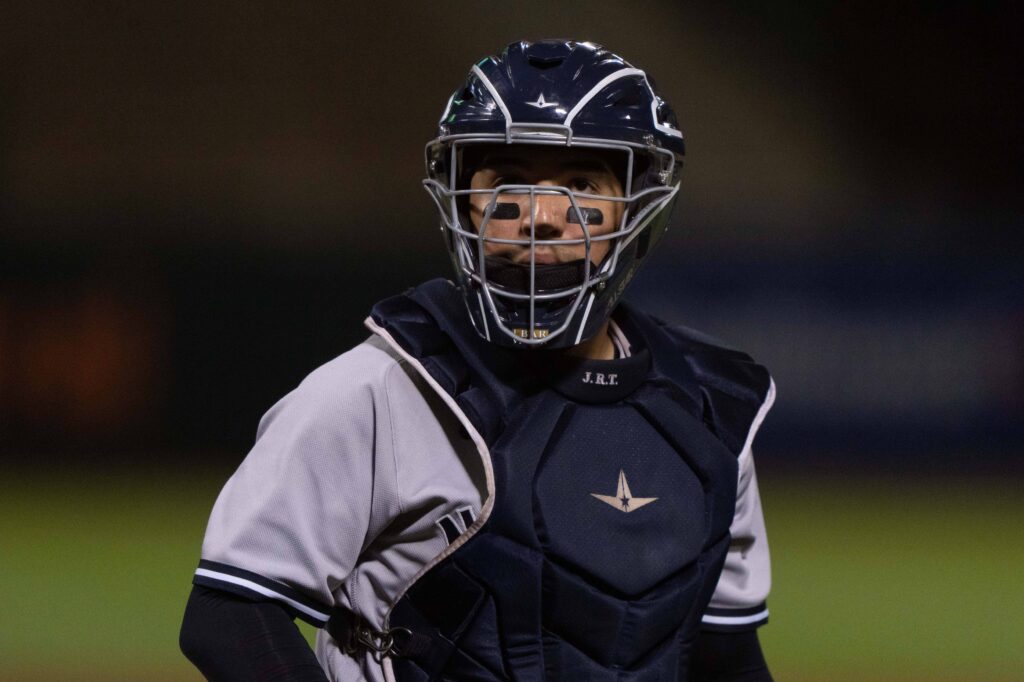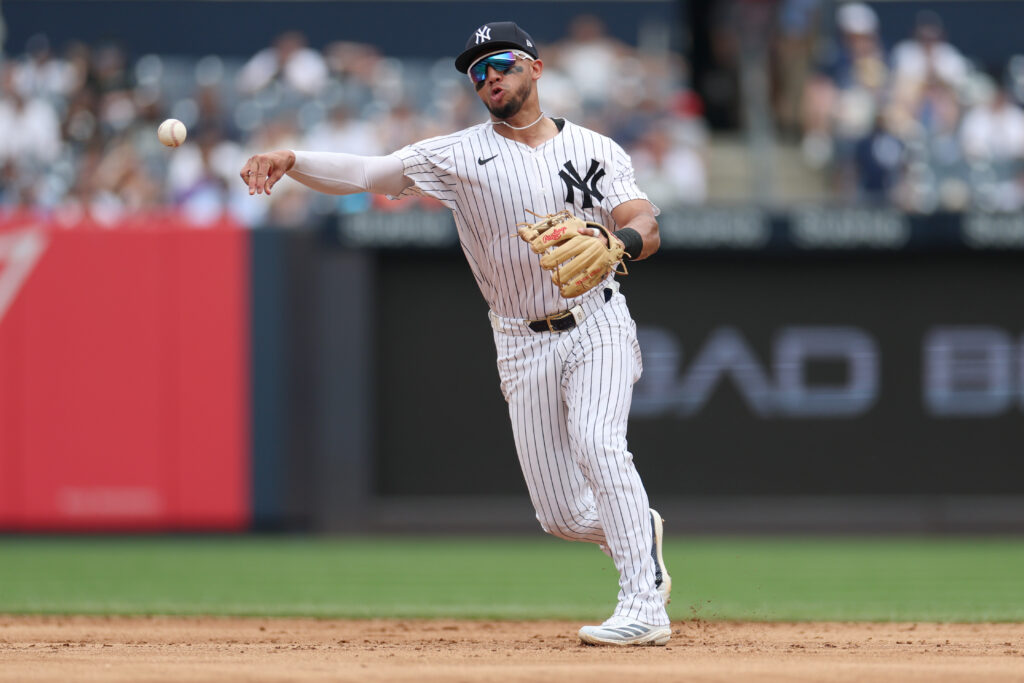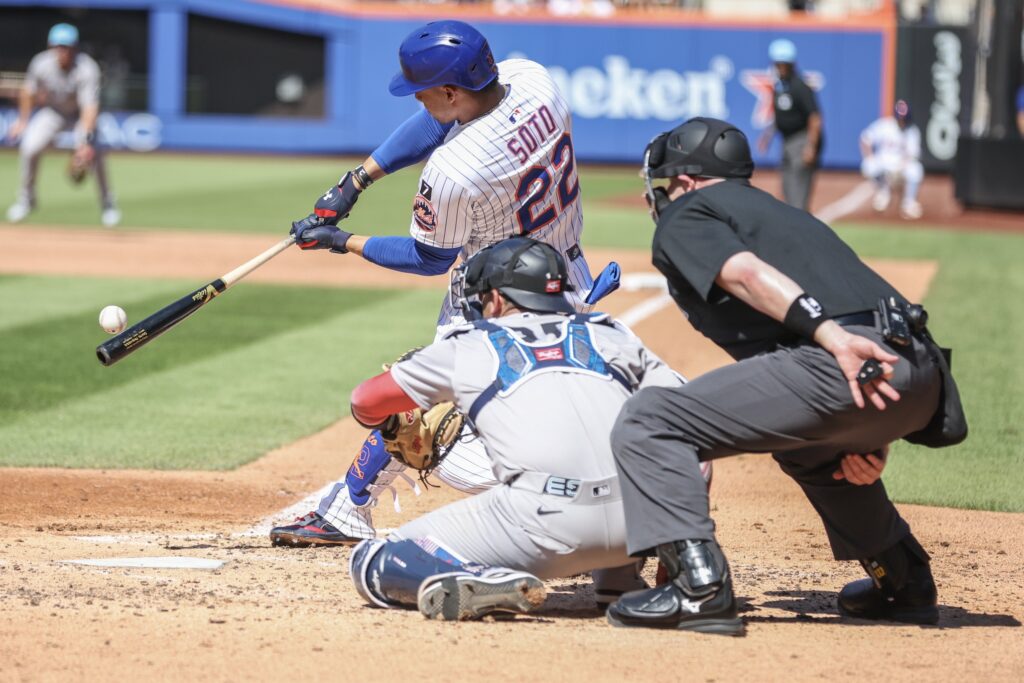The game of baseball has undergone many changes over the last few years and the catcher position is dying because of that. The game of baseball, from the dawn of its existence, has always had a catcher. The catcher is one of the most important positions in the game, and a good catcher can help a team go a long way.
The position has changed throughout baseball history, from no masks or gloves to high-tech equipment, safer masks, and a universal stance behind the plate. But one thing has never changed, and that is the need for a catcher, but is baseball on the verge of this position dying out like the long pitcher wind-up or the spitball?
The Catcher: A Dying Position
Baseball, and more specifically MLB, has introduced new rules over the last few years such as the mound visit limit, September roster limit, slide rules into each base, the ghost runner on second base to start extra innings, and the pitchless intentional walk. And coming in 2023 even more game and league-altering rules were introduced. The pickoff or step-off limit per batter, bigger bases, the shift ban, and the biggest rule of them all is the pitch clock and batter clock.
These rules limit the time between pitches and action and force the batter to be in the box and ready by the eight-second mark, while the pitcher has to start his motion before the clock hits zero. These rules are to try to speed up the game and create less downtime and more action. The thought is with this being done, more and more fans will be attracted to the ballpark and the game will grow.
But what does this have to do with the catcher? Per Rob Manfred, the electronic strike zone is expected to be introduced into MLB in 2024. This will be another blow to the traditionalists of the game. They’ll be taking the game out of the umpire’s hands and into a computer’s grasp. The home plate umpire will get a notification for what the call is, strike or ball, then signal what the call is. So the home plate umpire will essentially just be there for show in regards to strikes or balls. With that being said, the catcher position could be thought of the same way. The catcher will be limited in what they can contribute.
Pitch Framing
Pitch framing for a catcher has been a skill that has separated the good ones from the great ones and a skill that has been implanted into the minds of every catcher. Stealing strikes and helping the pitcher out on those close calls could change the entire season. But in comes the robot-umps and that all disappears in the blink of an eye.
With 16 teams in 2022 above average in Runs Prevented Due to Pitch Framing, led by the Yankees (15), Mets (9), and White Sox (9), pitch framing has been a key to success. The Yankees and Mets made the playoffs and won 99 and 100 games, respectively. The defense has been the main-stay for a ton of catchers and is what keeps a lot of these guys in the MLB.
In 2022, catchers like Jose Trevino, Jonah Heim, Seby Zavala, Alejandro Kirk, and Tomás Nido, were in the top five in Strike Rate Percentage. These guys were all rated at 50.4% or higher, which is way over the league average of about 47%. By adding electronic strike zones to MLB, it will cause players and sabermetrics like these to be eliminated and lead to the value of catchers taking a huge hit.
Not all of the dominant defensive catchers are offensive players, most catchers are one or the other. And with some of the defensive measures gone, offensive catchers will start to be in high demand.
Offensive Struggles
Minus some of the elite backstops over the years, the catcher position is one position that offensive stats and production are not the main focus. Being a catcher and getting beat up by foul tips, pitches in the dirt, back swings, squatting down the whole game, and the mental side of the game pitching in and out is grueling and hard on the body. For these reasons, the catcher position has always been considered a bottom-of-the-lineup position. In 2022, the catcher position as a whole only produced a .228 average.
That is the lowest position batting average in MLB from last season and that can be said for most if not every year. For this reason, the catching position has become more of a platoon spot. There might not be one guy who can say they are the starter. Teams and managers have started to play the matchups and play which guy makes the most sense, stat wise that day or that they help produce better pitching numbers for their own team’s starting pitcher.
Teams like the Astros and Cardinals struggled to find consistent offense out of the catching position in 2022. The Astros, led by Martin Maldonado, hit for only a .187 average as a team at the catching position. While the Cardinals, led by future Hall Of Famer Yadier Molina, produced a .209 average from their backstops. But both these teams won their divisions and the Astros won the World Series. This, again, proves the value of this position is much much more than their offensive stats, but with the rule changes coming that is going to hurt these guys as a collective group or position.
Future Of The Catcher
As mentioned before, with the rules of MLB changing one body blow at a time, baseball teams and front offices are left to make changes on the fly. The catcher position can see the biggest overhaul. The electronic strike zone is going to change the position and one way it could do that is to force catchers to play further back from the plate. The same goes for the umpire.
The need to be right on the plate and batter to catch the ball on the corner and steal a call is not needed. So being up so far and risking creating more passed balls or batter interference doesn’t make sense. Why not back up and take that risk out of the game? With no one on base, the catcher could stand ten feet further back and play like a slow-pitch softball league catcher. There will be no need or advantage of being in the traditional stance.
When a runner is on base, the catcher could set up in more of a throwing stance helping gain an advantage to throwing to help cut down stolen bases. The arm strength, accuracy, and ability to prevent stolen bases will be the main objective for catchers at this point. Having a quick release and rocket of an arm will be what teams want out of a catcher, as well as more offense now that defense will be less needed.
No team will want a catcher that hits sub .220 anymore. Being able to produce at the plate and throw from behind the plate is key. This will help lead to more catchers being similar defensively and the stats will show that. There won’t be many different ways to stand out or prove you are a better defensive weapon.
The catching position, possibly starting in 2024, can be revolutionized and look completely different. The need to frame and call a game from behind the plate will and has been taken from them. Calling pitches to fit where the defense is playing is gone as well. The fielders will be no longer shifting, so they will be in a pretty normal spot for their respective position.
The catcher changes have already started to be prevalent, but the major changes are yet to come. But the major change will be seen soon. Will the position ever be eliminated and replaced with some sort of pitch rebound machine when no one is on base? No, that will never happen, but that doesn’t mean the catching position will look the same in the years to come. The death of the catcher position is upon us and all there is to do is watch.
Main Image: Stan Szeto-USA TODAY



